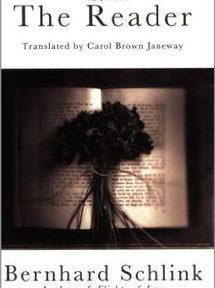Collective Memory
Paris, 9 Mai 2021
The Reader (Der Vorleser) is a novel by German law professor and judge Bernhard Schlink published by Diogenes in 1995. The story is a parable, dealing with the difficulties post-war German generations have had comprehending the Holocaust. In the struggle to come to terms with the past, The Reader explores how the post-war generations should approach the generation that took part in, or witnessed, the atrocities. These are the questions at the heart of Holocaust literature in the late 20th and early 21st century, as the victims and witnesses die and living memory fades.
Schlink’s book is one of the greatest triumphs of German literature since Günter Grass and became the first German book to top The New York Times bestselling books list. It represents the dilemma between understanding and condemnation about the memory of the Third Reich more accurately than ever before in literature. It has been translated into 45 different languages and has been included in the curricula of college-level courses in Holocaust literature and German language and German literature.
Furthermore, it was adapted by David Hare and directed by Stephen Daldry; the film was nominated for five Academy Awards with Kate Winslet winning the Oscar of the best actress, for her portrayal of Hanna Schmitz. Ralph Fiennes and David Cross and are both exceptional.
Michael Berg, who tells her story as her grown-up young lover, is unable to love another woman. The sadness that this relationship will cause in his life is portrayed extraordinarily well by Ralph Fiennes.
Ralph Fiennes’s interpretation is precise and represents the dilemma between understanding and condemnation more accurately than ever before in a movie.





